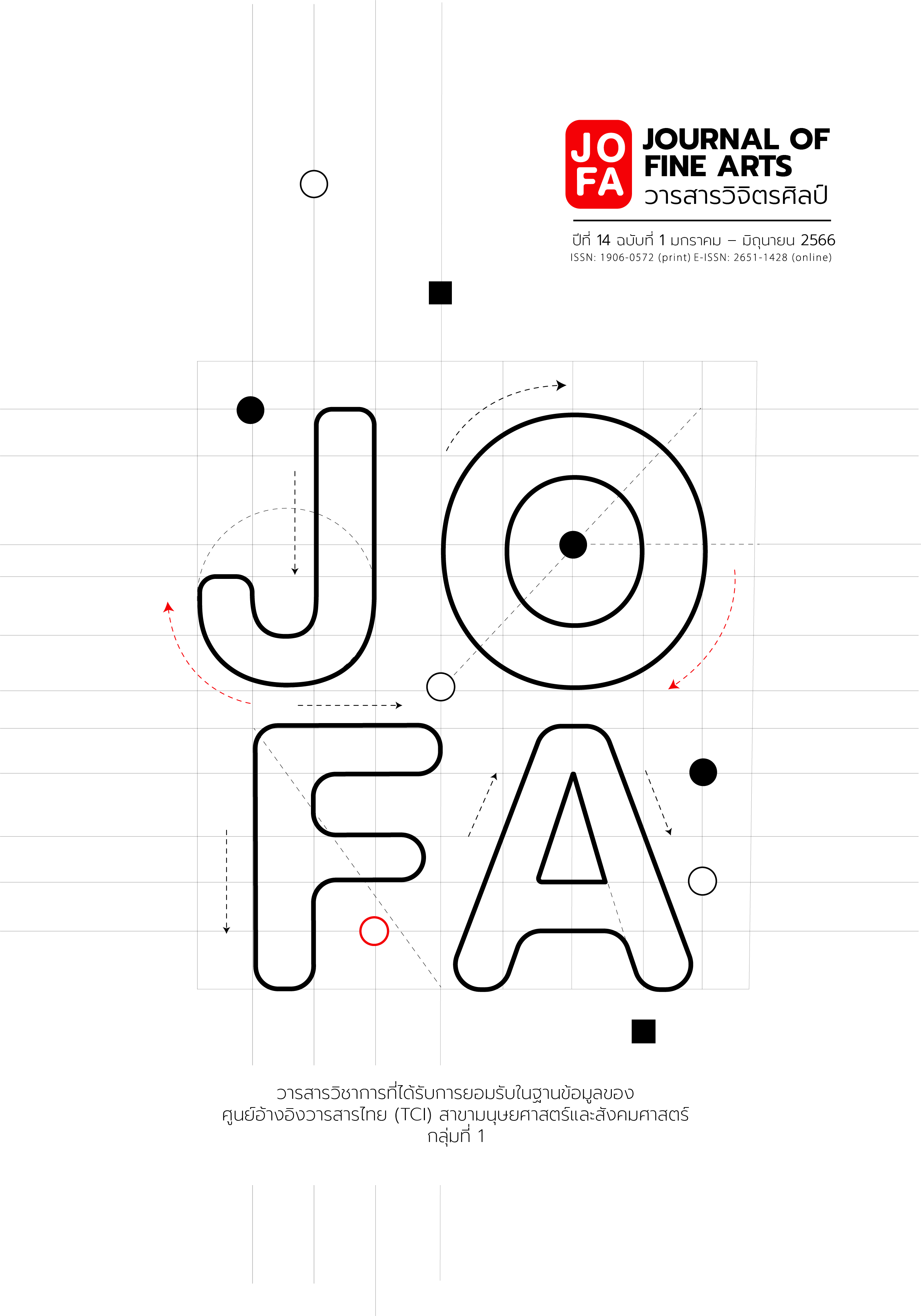The pattern of Vihara of Tai Yai in Lanna
Main Article Content
Abstract
Tai Yai Vihara or Jeong in Tai Yai language, referred to the sanctuaries of monks, which were the large sanctuaries raised on the high platform. Despite its history being built in the late 24th Buddhist century, the present style was either restoration or rebuilt in the 25th-26th Buddhist century. There were 1) the solid sanctuaries in the square plans, and 2) the solid sanctuaries in the rectangular plans. The interior of the sanctuaries was divided into parts of the front porch. The area in which the Buddha image was enshrined was called Jeong Para. The area used as the abbot’s bedroom was called Jeong Sala. The hall area used for Buddhist rituals was called Jeong Amaya. Some sanctuaries had also added a kitchen called Jeong Som and a bathroom called Vejkudi filling together on the sanctuaries. The roof of Tai Yai sanctuaries had two types: a castle-shaped roof, which was a traditional style dating from Myanmar and Western, and a double-neckedroof. The pattern decorated Vihara was stencil, galvanized sheet and wood stencil. Gilding work on the pillars of Vihara and front of the Vihara there was a tower of Phra Upakhut in the middle of the water.
Article Details

This work is licensed under a Creative Commons Attribution-NonCommercial-NoDerivatives 4.0 International License.
References
Chao Hong Yin. Phongsawadan Mueang Thai (khruea mueang ku mueang). [Chronicles of Thai]. Translate by witthayasakphan, S. Bangkok: Matichon, 2001.
Phumsak, C. Khwam Pen Ma Khong Kham Sayam Thai Lao Lae Khom Lae Laksana Thang Sangkhom Khong Chue Chonchat. [The history of the words Siam, Thai, Lao and Khmer, and the social nature of the names of peoples.]. Bangkok: Sayam, 2001.
Chaturawong, C. “Wat Phama Nai Changwat Chiang Mai Lae Lampang. [Burmese temples in Chiang Mai and Lampang provinces].” Najua 6, (September 2007); 59.
Rueangwiset, P. Ngiao Chan Tai Nai Mae Hong Son. [Ngao Shantai in Mae Hong Son]. Bangkok: Sankhadi, 1993.
Kromphranarathippraphanphong, P. Phongsawadanthaiyai. [Tai Yai Chronicles]. Nonthaburi: Sipanya, 2018.
Mahachulalongkon ratwitthayalai. Phratraipidoki. [Tripitaka]. Bangkok: Mahachulalongkon ratwitthayalai, 1996.
Royal Academy. Photchananukrom. [Dictionary]. Bangkok: Siriwatthana Inter Print, 2013.
Na Thalang, S. and Ritphen, S. Khatichon Nai Boribotkhamphromdaen Ngai Poi Thai Yai Nai Changwat Chiang Mai. [Folklore in a cross border context Ngai Poi Tai Yai in Chiang Mai]. Bangkok: Maha Chulalongkorn University Press, 2015.
Somdetkromphrayadamrongrachanuphap. Thiao Mueang Phama. [Myanmar city trip]. Bangkok: Charoenratkanphim, 1971.
Saranat (alias). Yiam Thai Ahom Sailueat Khong Rao. [Visiting Thai Aom, our bloodline]. Bangkok: Sayamparithat, 2012.
The Committee of Documents and Archives in the Organizing Committee of His Majesty the King Culture. Watthanatham phatthana kan thang prawattisat ekkalak lae phumpanya changwat mae hong son. [Historical development Identity and Wisdom Mae Hong Son Province]. Bangkok: Khurusapha, 1999.


